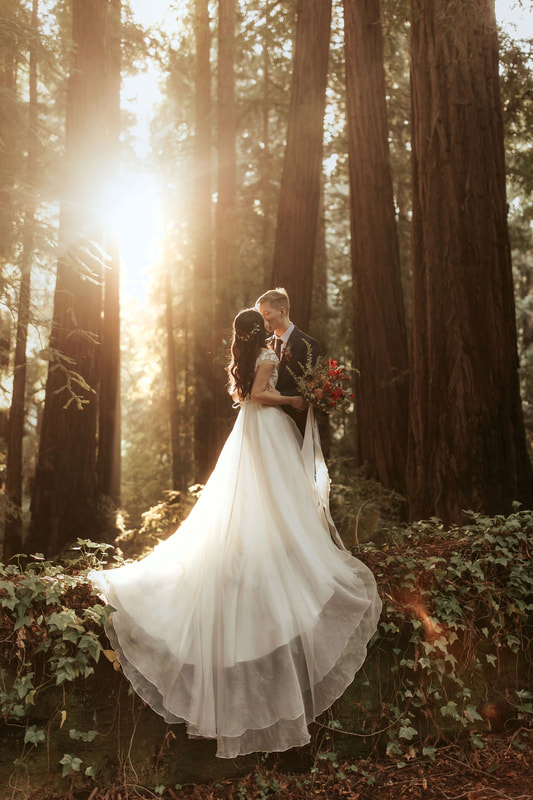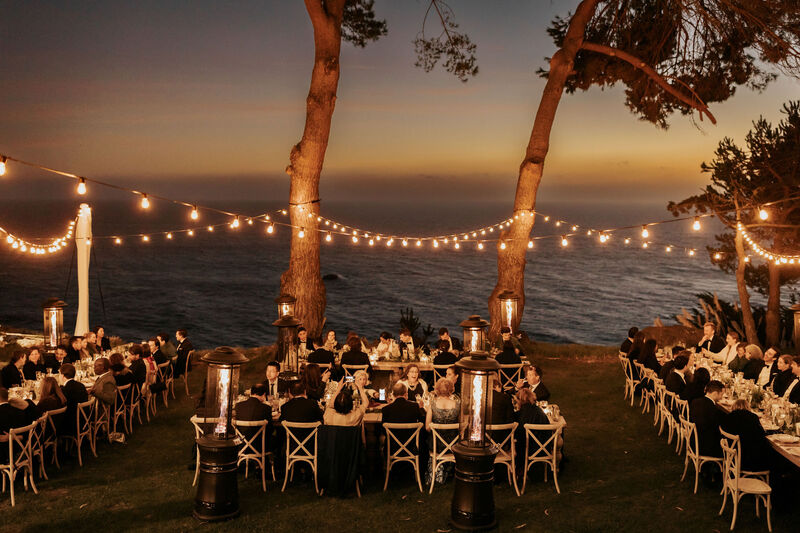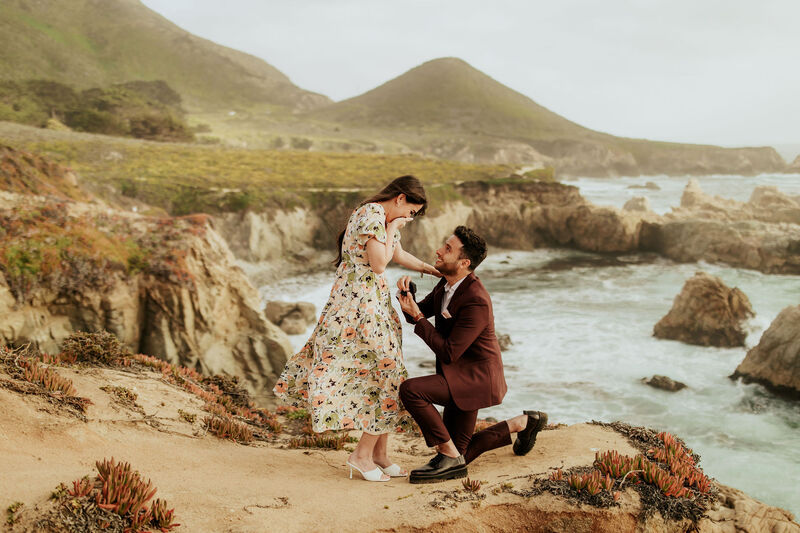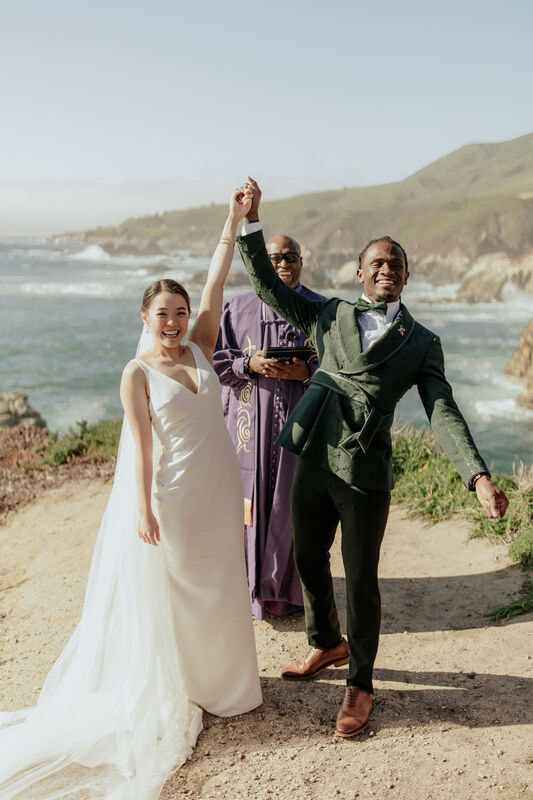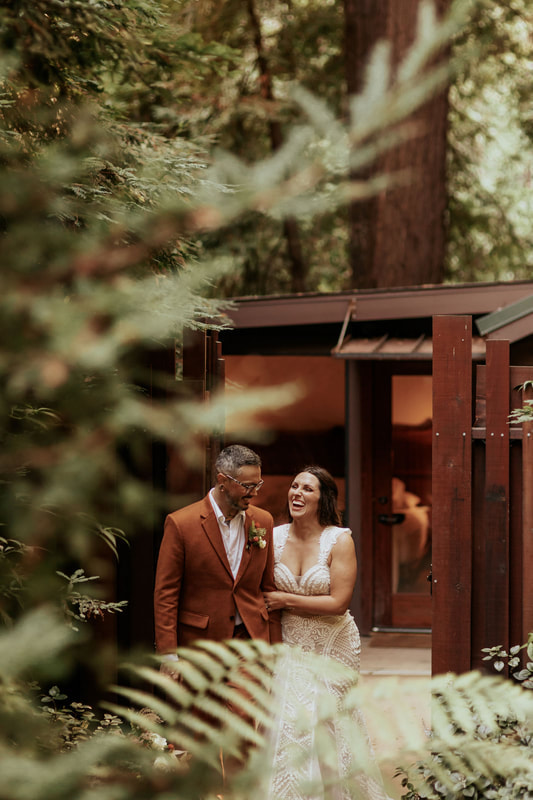Lynn Lewis Photography | Big Sur Wedding + Elopement Photographer
|
When you're looking to hire a photographer, you'll quickly notice that a photographer's editing style is one of the most important aspects that differentiates one from the other. But for most people, trying to identify and narrow down a preferred style can be overwhelming, especially if it's their first time hiring a professional photographer. Disagreements over editing are common pain points, and sometimes can lead to negative experiences if realized too late. The best thing you can do to ensure that you love your photos is to do your research and spend time looking at multiple photographer's portfolios, paying special attention to how their style translates across different settings.
|
